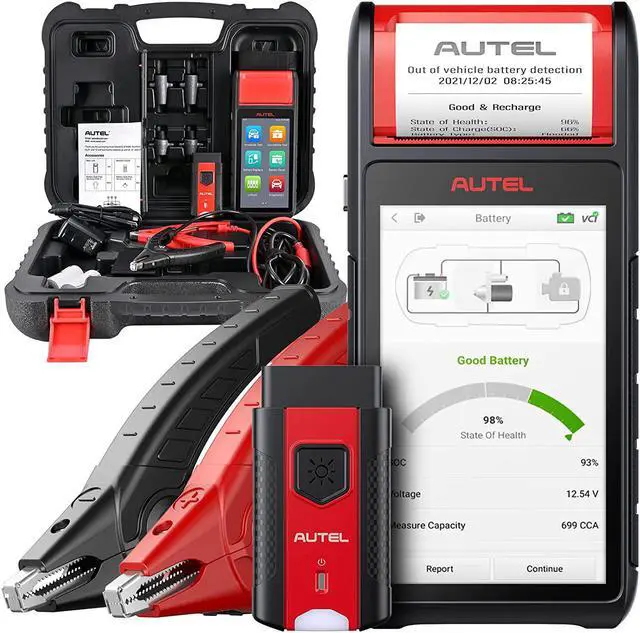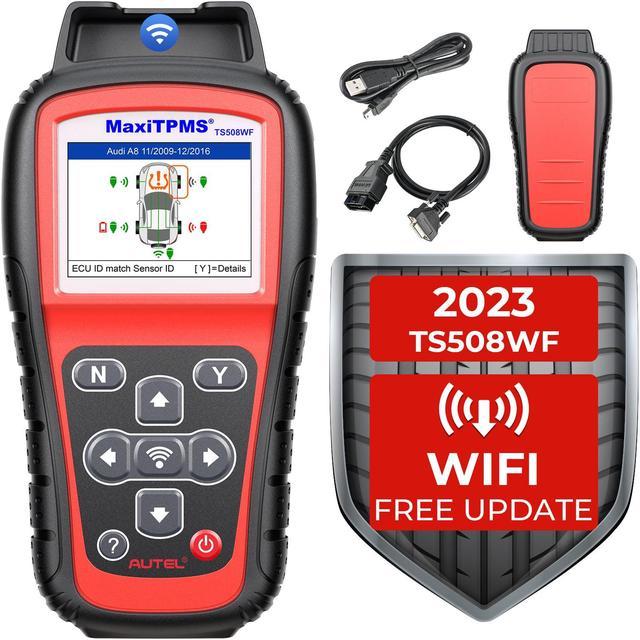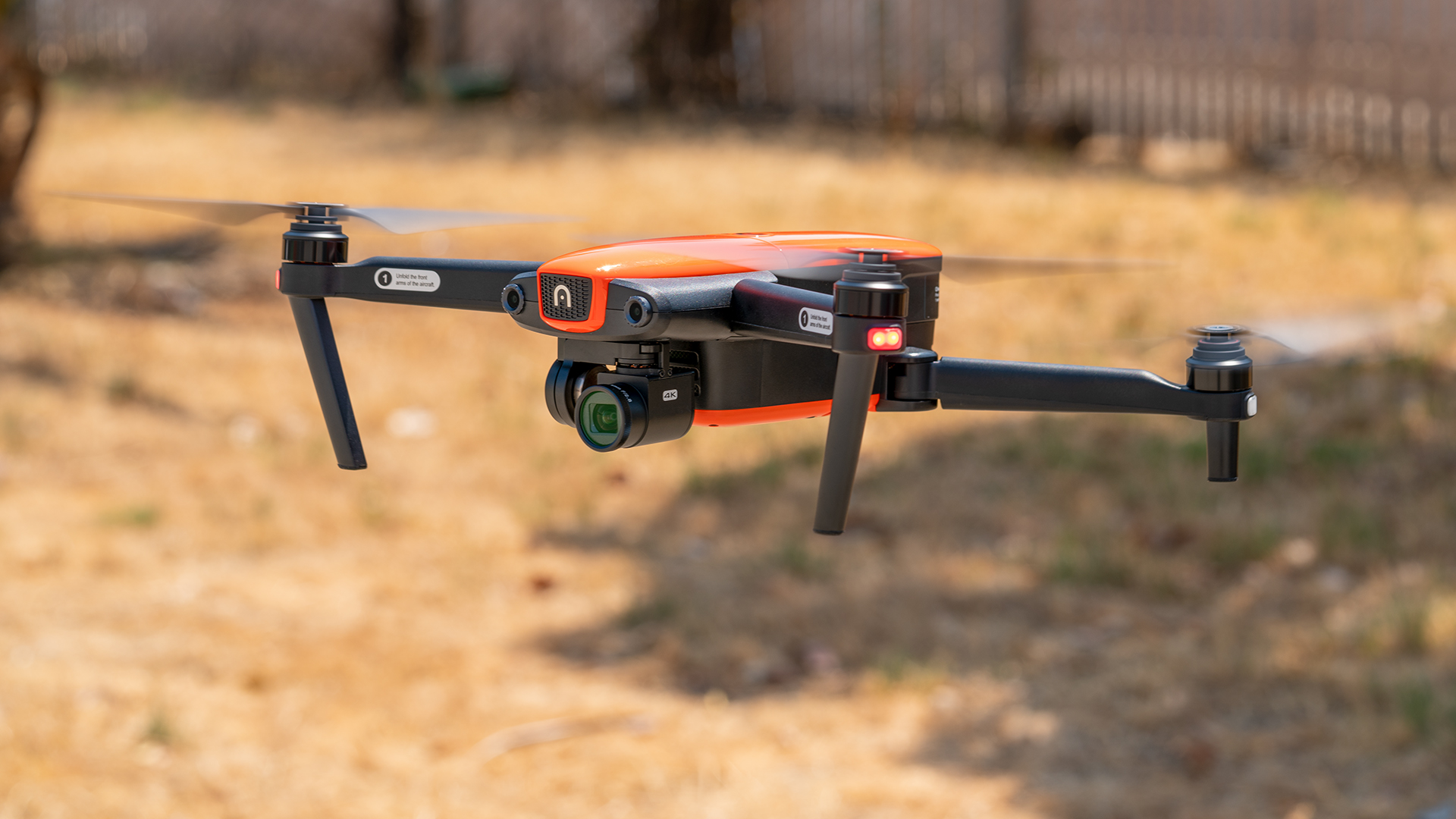
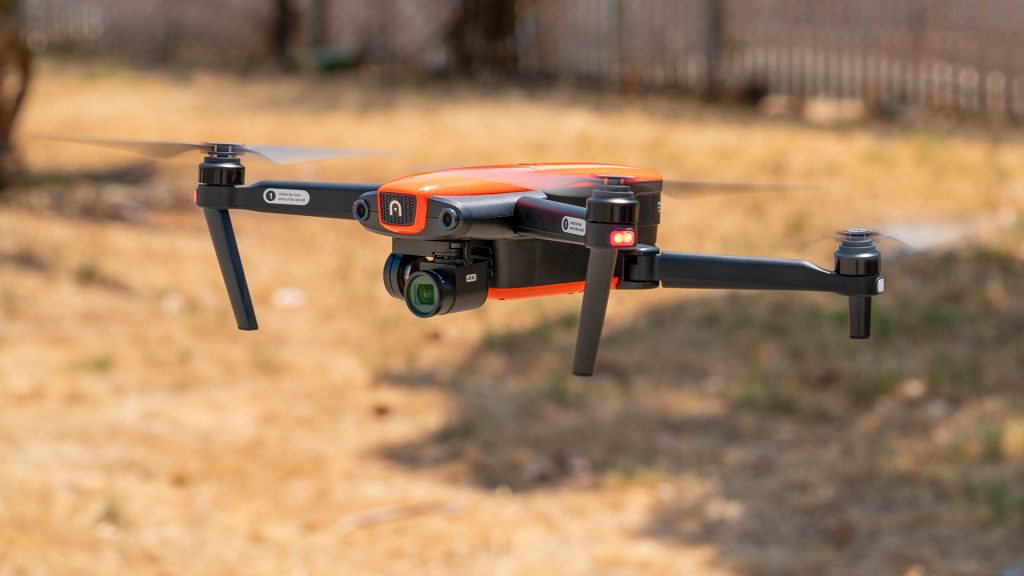
For years now, DJI has pretty much set the trajectory for the consumer drone market and dictated the name of the game for what is the “gold standard” for drone technology. Love them or hate them, they’ve done a good job at the Apple model of getting customers to “need” their latest goods. Since 2016 however, the American arm of a drone company named Autel Robotics has been working on taking some of that spotlight, and their latest launch might knock the famed Mavic Pro off its pedestal.
Autel Robotics USA is based out of Bothell, Washington and late June 2018 came to market with their Autel EVO drone, which is their third drone, and second for consumer use following the X-Star Premium. While the X-Star Premium resembles a lot of the consumer photography drones on the market, their industrial vertical takeoff and landing (VTOL) Kestrel is a very unique design which combines the best of a quadcopter with fixed-wing flight.
The EVO on the other hand (to address the elephant in the room), is quite similar in body shape to the Mavic Pro. There, it’s out there, and there isn’t much more to be said about that. Similarities aside, Autel has some pretty slick design elements that they have put into their own model that make it stand on its own.
Autel EVO Drone Build & Power Specs
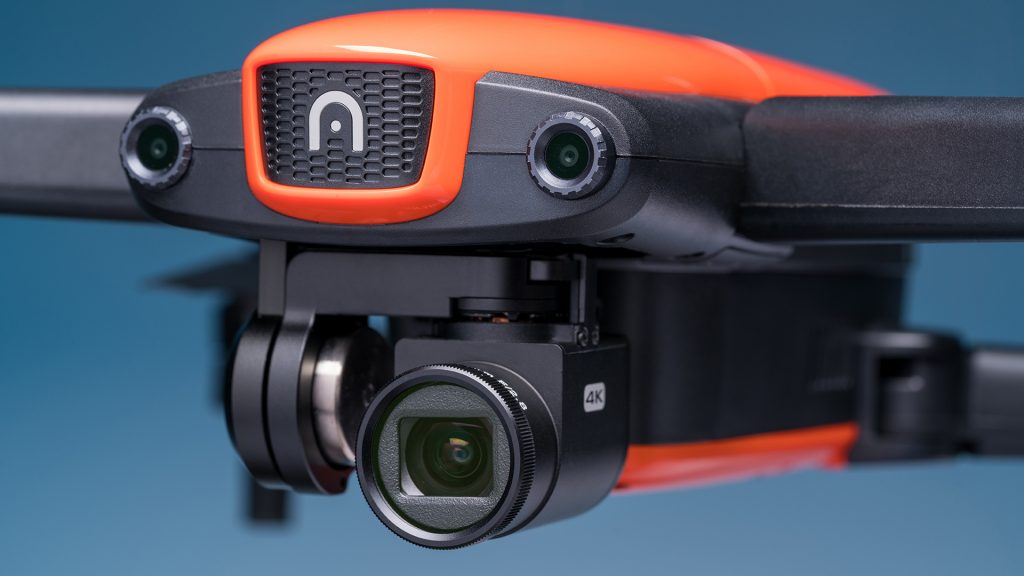
First off, I really like the black and orange color scheme. It is strikingly refreshing when flying on a bright day it stands out even 400-feet in the air and is easy to pick out against the bright white clouds or blue sky.
The weight of the quadcopter is 1.9lbs, and folds down to 8” x 4” x 5”. Not the smallest collapsible drone on the market, but very compact and capable to boot. When extended, the body of the EVO is 11” x 9.25” without the props, and has a 13.3” diagonal wingspan.
From the physical element alone, Autel did a great job with the construction of the EVO and it feels very solid. The materials feel high-quality and they utilized lightweight materials only where it would not impact the integrity of the aircraft.
Getting into the meat and potatoes of the design, the EVO has a slew of obstacle-detecting sensors onboard, starting with the most obvious dual forward and downward vision sensors. The belly of the craft also houses dual sonar sensors, and the pièce de résistance is their dual rearward infrared sensors. All said you have all your main directions covered, as even some obstacles off to the sides seemed to get picked up at times when navigating more narrower areas.
The Autel EVO drone tops out at 44mph in “Ludicrous” mode, where the obstacle avoidance is limited and the focus is purely about speed. The other two modes “Attitude” and “GPS” are more toned-down on the speed side of things and focus on incorporating balance with the sensors.
Eye in the Sky Camera
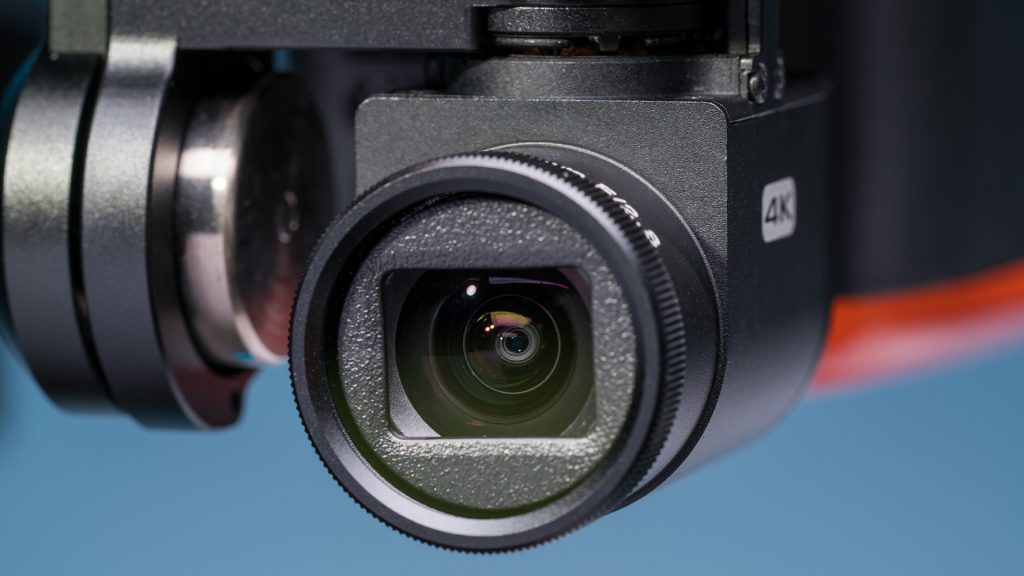
The first element that comes into question when proving a photography drone’s worth is first and foremost the camera. The folks at Autel did a fine job on the EVO though, packing 4K video recording at 60fps, 2.7K also at 60fps, 1080p at 120fps, and for those who care to shoot in 720p: 240fps. All this is held steady on a three-axis mechanical gimbal, while the maximum resolution footage shoots at 100mbps bitrate.
Autel opted for a Sony CMOS 1/2.3” sensor with a 3.5 (35mm equivalent) F/2.8 lens, that is capable of shooting 12MP stills. The power behind the hardware comes from an Ambarella H2 image processor chip, and a 94° field-of-view (FOV).
What does all that mean in the field? Well, the raw footage looks fantastic, and with an auto mode for quick shooting or a manual mode for complete customization with white balance, exposure correction, aperture and shutter speed you can get the image composition just the way you like it. There is also the ability to shoot in JPEG, RAW, or JPEG + RAW formats, and record video in MOV/MP4 H.264 or H.265 to the MicroSD card
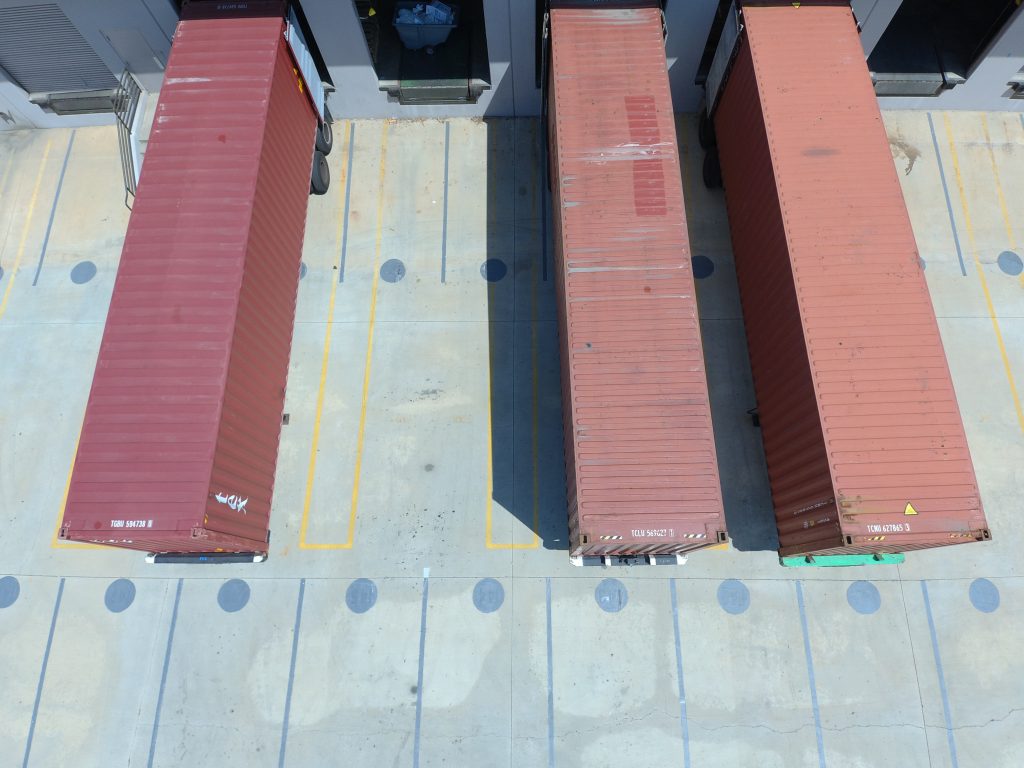
Another thing that isn’t a standard element on a lot of drones is a quick digital zoom function. The Autel EVO has eight telephoto settings, and while you can’t refine the focus too much when you are all the way zoomed in (see my attempts on a parking placard below) for long distances this would be great to quickly enhance the visibility of an object or scenery.
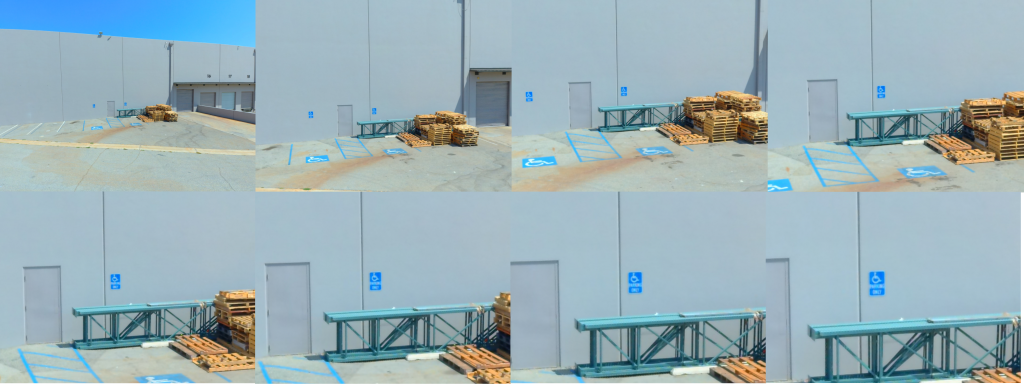
There are a handful of photography modes to play around with, that have a good amount of options within each for customizing the shots pilots take. The Burst Shot mode has selections for three, five, seven or ten photo sets, while the Time-lapse feature can activate captures at two-second, five-second, seven-second, or ten-second increments, and the Auto Exposure Bracketing (AEB) feature can do the same.
Autel EVO Intelligent Flight Modes
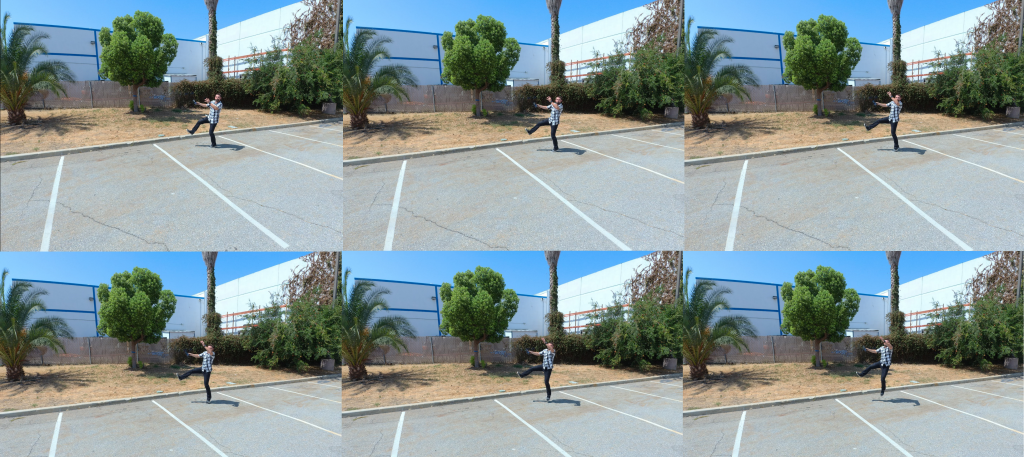
With any photography drone worth its salt, Return-to-Home is a standard feature that is often built-in to the low battery warning procedure. The Autel EVO keeps a button on the remote specifically for this as most do, and it is easily accessible.
That refined navigation is possible due to the dual GPS/GLONASS satellite positioning and comes into play when engaging one of the several intelligent flight modes.
- Dynamic Track – Using advanced algorithms EVO can autonomously follow an object easily by drawing a box around the subject
- Viewpoint – Send EVO to a new viewpoint during flight by simply tapping on the screen of your mobile device
- Orbit – Select a point of interest and EVO will fly a perfect circle making cinematic shots easy
- Waypoint – Set waypoints to program autonomous flight routes. EVO can even save multiple waypoint missions making it easy for surveying
- VR – Take a seat in the cockpit with a virtual reality heads-up display (VR headset sold separately)
- Obstacle avoidance – While this isn’t a mode per say, this feature definitely comes into play when navigating with the pre-programmed flight modes. The EVO uses 3D mapping of the landscape around it, to identify obstacles and react to them in real-time, without getting stuck in place.
How Does the Autel EVO Drone Handle in Action?

One of the main things that sets the EVO apart from other drones on the market is the remote with a 3.3” OLED screen. Yup, not LCD, but OLED.
This can be used for either 720o live-view recording as a standalone screen, or paired with a mobile device to display the flight telemetry data while the First-Person View (FPV) is displayed on the other device.
This is a big benefit of the drone, and one of the things I really appreciate. I don’t use a tablet when I fly drones, just my Samsung Galaxy. That may be different from some out there who use a tablet, but when I fly I like to be lightweight and as unencumbered as possible. I hate draining my phone battery after a couple flights, especially if I’m going up into the mountains or down by the beach to fly and not just at a local park.
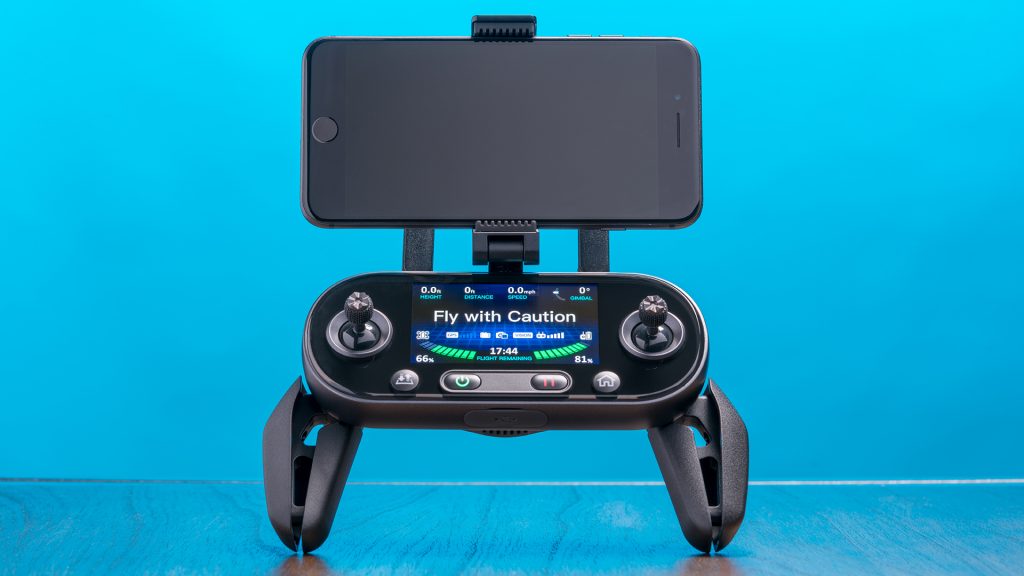
That being said, the difference in the screen size on the remote and my phone screen is only a 1.7” reduction. For me, that simply isn’t enough to make a big deal about when considering the benefit of having the ability to choose my display method, and I also still have the option to slap on my phone or a tablet if I decide to.
There is a little display button on the right side of the remote which allows for quick switching back and forth between FPV and telemetry screens, so even if you opt to leave the phone in your pocket all the information can be displayed in one way or another.
The remote is heavier than expected and thick, but that can easily be glossed over with the beautiful OLED screen. And beautiful it is, with great brightness I didn’t feel like I was getting some half-baked throw on, but a tactfully-designed piece of tech. It even has a little fan which kicks in after a couple minutes of use to cool the internals down.
Buy Autel EVO Drone -$999
Navigating on the screen was very intuitive, and the camera settings are super easy to select on the fly, and even using a combination of both the app touchscreen and the wheel on the remote make for a far more fluid and quick interaction than strictly with the touchscreen alone. The caveat to this is that the intelligent flight modes are not available for use without an accompanying phone or tablet screen since the OLED display is not a touchscreen.
Liftoff
Taking off in a small room was simple, and the drone still managed to hold steady with the dual GPS systems even indoors. As expected, with the positioning systems functioning properly the drone won’t obey all directional inputs when it senses an obstacle, which is a clear indication it is working correctly.
The “Ludicrous” mode is where your speed throttle is uncapped, and the performance is quite impressive in a straight line. Yaw and roll are both more responsive in this mode, and the only thing that seemed to exhibit less-than-stellar was the elevation when going forward with some speed. This seemed to be a weakness of the EVO as it was slow to gain elevation when in Ludicrous mode full stick.
During my time piloting the EVO, there was zero lag on the image feed, glitches, or snags in the video during playback or live streaming, so that’s always a good sign. Also, where most FPV drones have a 720p live view streaming through the app, Autel bumped that up to 1080p for greater detail, depth, and clarity while piloting.
Battery Life
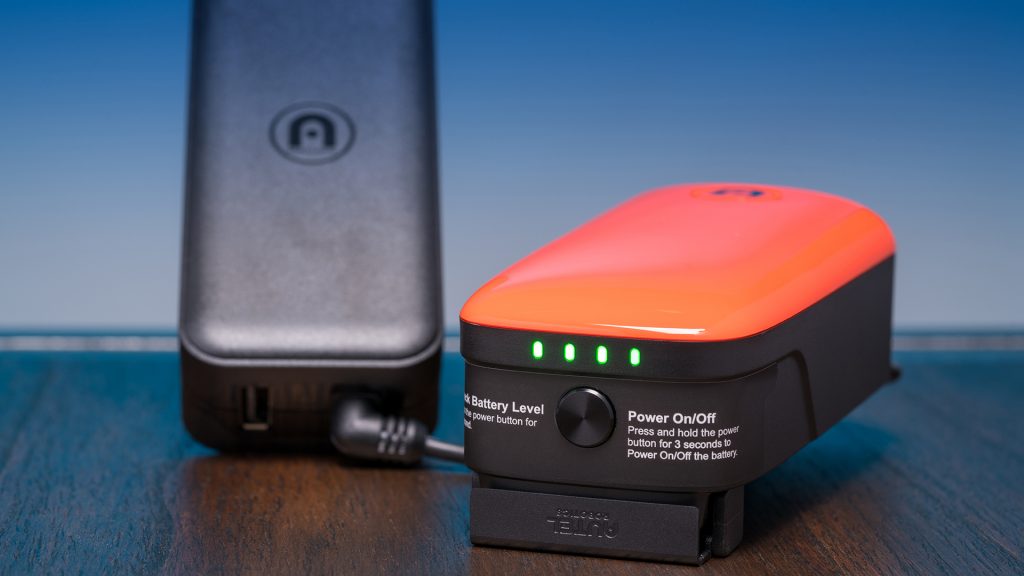
The EVO boasts a 30-min flight time on paper from the 4300mAh battery, however when I’ve powered on with a full battery at 100% the flight timer countdown started at 26:26. The emergency battery landing cutoff was set at 3 minutes and change, so this reaches roughly the 30-minute mark.
Users can adjust the different time parameters where the auto-land function kicks in (although I did not test if the buffer could be reduced to nothing), so this can be stretched a little more depending on the various characteristics of the flight. The remote itself has a three-hour battery life so it can outlast several quadcopter battery swaps in the field and keep pushing the EVO to the 4.3-mile-max transmission distance.
The Big Question– Is the Autel EVO Better than the DJI Mavic Pro?
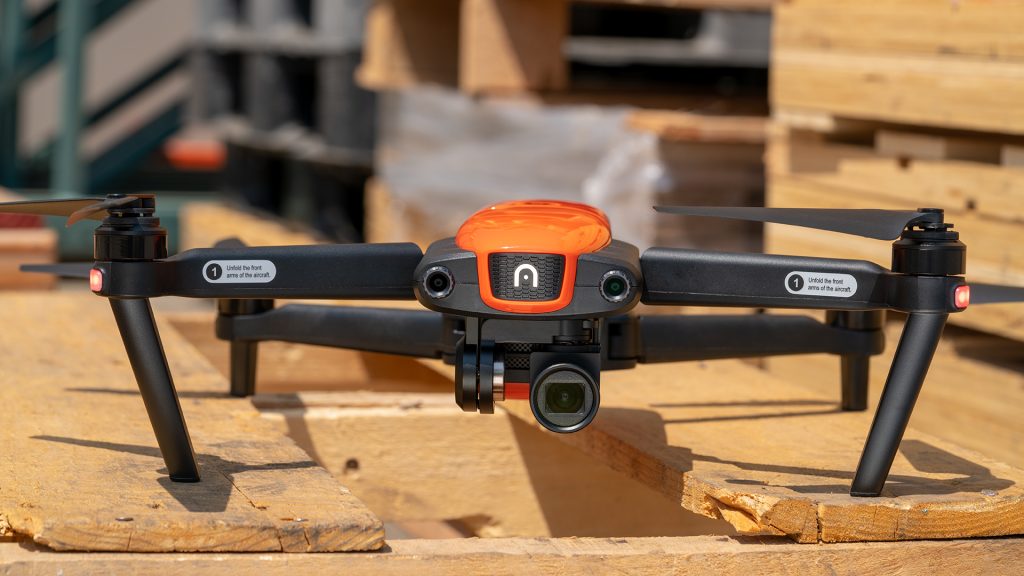
So at the end of the day, which is the better drone, the Autel EVO or the DJI Mavic Pro? Well, let’s lay out the facts. The Autel Evo has a better 4K frame rate. Both are a 35mm lens equivalent, but the aperture of the EVO is a half-stop smaller. The FOV on the Autel EVO is 15.2° wider than the Mavic Pro’s 78.8°.
The Autel EVO’s remote is far better than the Mavic’s, and at the current cost, they are both $999. The EVO is a wee bit heavier by just 0.28lbs and still manages to maintain a 4mph max speed advantage. Autel edges out an extra three minutes of flight time, while both come up the same in terms of transmission distance.
Here’s a big one: the Autel EVO has more directional sensing and obstacle avoidance capabilities than the Mavic Pro, in the rear-facing IR sensors. That means an entire other plane is covered from backing into something during closer quarters flight.
If you record in 4K, you have double the frame rate than the Mavic Pro (also the Mavic Air for reference). If you don’t and stick with 1080p to save space, the 120fps frame rate and the bitrate are 100mbps, while the Mavic Pro has a 1080p cap at 96fps and only 60mbps bitrate (the Mavic Air actually matches the EVO in these metrics.
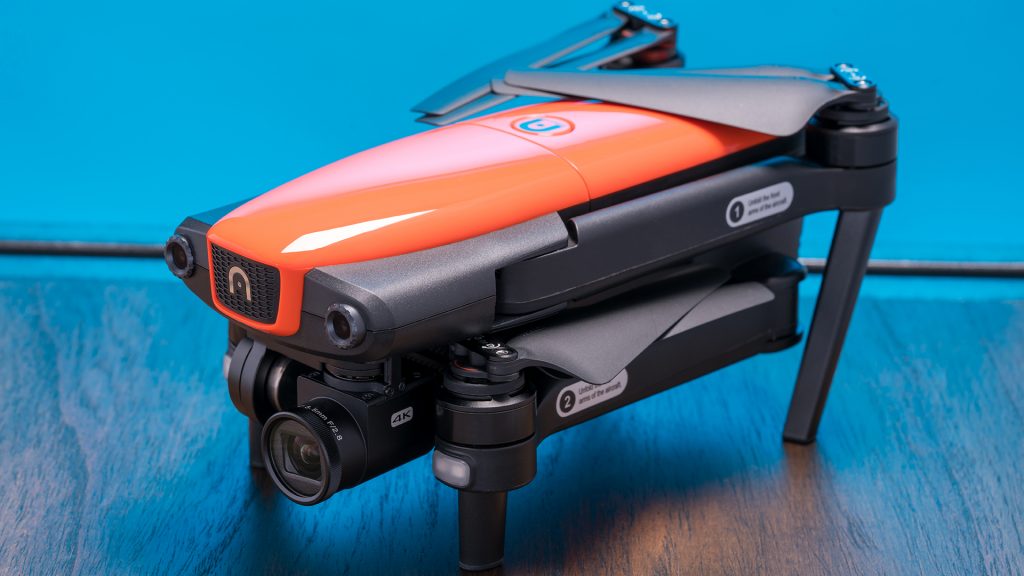
The one thing that DJI has on Autel that can’t be listed in a spec sheet is a deep library of production model experience, going strong through numerous iterations of several product lines. Autel Robotics is no newcomer to the drone game, and they really built a solid drone here. When it comes down to it, you really don’t get points for being the first in the game if someone can come along and do it better after you.
Heads up on a new unit between the two, today the Autel EVO is a better buy in my opinion. True, the Autel EVO launched towards the end of June 2018 and the Mavic Pro came out almost two years ago, so the technology has a two-year gap between the models, but since the brand new price for both are the same and the design concept is similar it makes sense to compare the two.
With the rapidly developing nature of the drone landscape, it is hard to find one specific model that is crowned the best drone for photography or the best drone period. As I see it, you need to weigh the options of what the use case will be before getting sucked into the hype around specific models, brands, or even specs and features if they aren’t relevant. If you don’t shoot 4K because it takes up too much space to store and power to edit, then do you really need it?
In the drone market “futureproofing” doesn’t exist, and what is the best today might not be the best two months from now. What I can say is that the Autel EVO is a robust, full-utility collapsible drone with a well-rounded suite of options that I think makes it better than the Mavic Pro.
How long one drone can remain “King of the Hill” however, is another discussion altogether.
Featured in this article:
Autel EVO Drone Collapsible 4K Photography Quadcopter- $999
Autel X-Star Premium 4K Photography Quadcopter- $999
(Note, all prices and products are accurate at time of article publication, although some may have changed or are no longer available).


